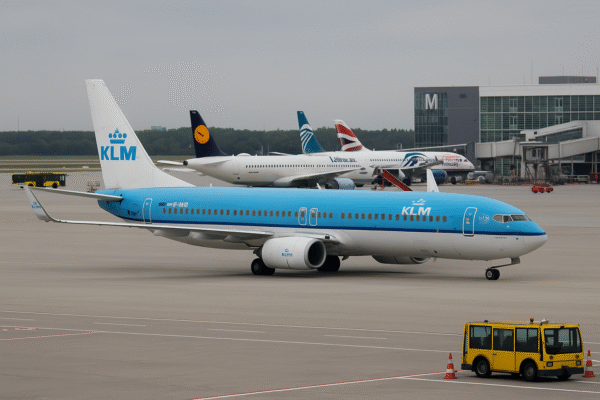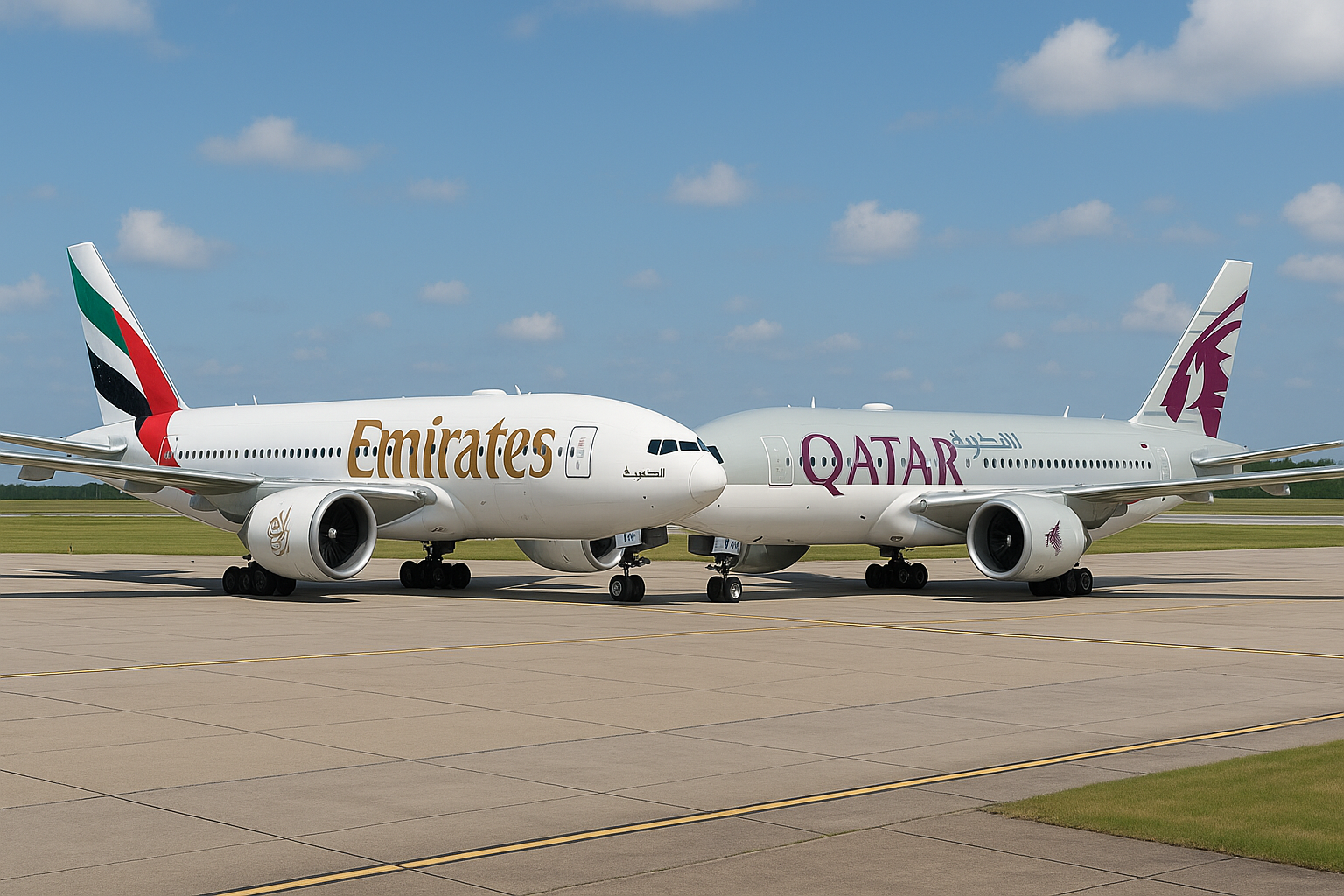DUBAI / DOHA / NAIROBI — July 7, 2025 — The aviation sector is undergoing a dynamic transformation driven by sustainability initiatives and strategic airline partnerships that enhance connectivity across continents. At the forefront of this movement are the Emirates Group, Qatar Airways, and Kenya Airways, who are leading efforts to merge environmental responsibility with expansive route development, ushering in a new era for air travel and tourism between the Middle East and Africa.
Emirates Group Takes Decisive Action Toward Greener Skies
The Emirates Group has significantly advanced its environmental agenda, positioning itself as a global sustainability leader within the aviation sector. During the “Tomorrow Takes Flight” initiative in 2024, the Dubai-based aviation giant reaffirmed its alignment with the United Nations Sustainable Development Goals by emphasizing waste reduction, particularly targeting single-use plastics across its operations.
A cornerstone of Emirates’ green strategy is the development and deployment of Sustainable Aviation Fuel (SAF). The airline successfully operated several SAF-powered demonstration flights, demonstrating the viability of cleaner fuel alternatives in commercial aviation. These efforts underscore the airline’s long-term commitment to decarbonization and support global initiatives aimed at mitigating the environmental impact of air travel.
Moreover, Emirates is collaborating with aerospace leaders such as Airbus, Boeing, and Rolls-Royce to accelerate the adoption of low-emission aircraft technologies. These partnerships are instrumental in fostering industry-wide innovation and reflect the growing importance of unified efforts in sustainable aviation development.
Qatar Airways and Kenya Airways: Building Bridges Across the Regions
Meanwhile, Qatar Airways and Kenya Airways are deepening ties through a multi-faceted codeshare agreement designed to boost air connectivity between the Middle East and East Africa. The partnership has already introduced expanded frequencies on the Doha–Nairobi route, with plans underway for new direct flights between Doha and Mombasa.
This enhanced connectivity is not limited to passenger travel. The collaboration also encompasses cargo logistics, airport ground services, and shared customer loyalty programs. Together, the two airlines aim to streamline travel experiences and drive cross-border tourism and trade. Kenya’s strategic location as a regional aviation hub and Qatar’s expanding global network create a powerful synergy for mutual growth.
Speaking at a recent aviation summit, executives from both carriers emphasized their vision for “seamless intercontinental travel”, particularly as East Africa continues to rise in prominence as a high-potential tourism destination.
Aviation Partnerships Driving Economic Growth
This tri-lateral effort between Emirates, Qatar Airways, and Kenya Airways is poised to play a pivotal role in stimulating regional economies, especially in East Africa. With improved air access and route diversification, tourism-dependent nations like Kenya and its neighbors stand to gain from increased tourist arrivals and expanded business opportunities.
According to projections from the Kenya Tourism Board, enhanced flight frequencies from the Gulf could increase international tourist arrivals by up to 20% over the next two years. These figures align with wider African Union strategies that aim to boost intra-African tourism and reduce the continent’s dependency on long-haul tourism from Europe and Asia.
The aviation sector’s growing role in economic development is underscored by its multiplier effect on local industries, including hospitality, transportation, trade, and professional services. By linking key cities such as Nairobi, Mombasa, and Doha, airlines are not only creating direct job opportunities but also enabling small businesses and cultural enterprises to access global markets.
Sustainable Travel Becomes the New Industry Standard
As international travelers increasingly prioritize sustainability, initiatives like Emirates’ SAF trials and plastic-reduction programs are setting new standards for the industry. These efforts not only appeal to eco-conscious consumers but also contribute to global climate goals by reducing aviation’s carbon footprint.
Airlines are now recognizing that sustainable practices are not just environmental imperatives but also business advantages. Travelers are more likely to choose carriers with strong eco-credentials, and government regulators are offering incentives for greener operations. This dual push from both market and policy actors is accelerating the shift toward eco-friendly aviation practices.
A Blueprint for Aviation’s Future
The combined efforts of Emirates, Qatar Airways, and Kenya Airways signal a broader trend toward collaborative sustainability and global connectivity. As the aviation industry recovers from pandemic-era disruptions, its rebirth is being shaped by a dual commitment: one to environmental stewardship, and another to inclusive economic development through improved air travel infrastructure.
With strategic alliances across regions and investment in green technologies, these airlines are helping define the future of tourism and commerce in a climate-conscious world. Travelers between Africa and the Middle East can now look forward to smarter, cleaner, and more connected journeys.
For more travel news like this, keep reading Global Travel Wire














